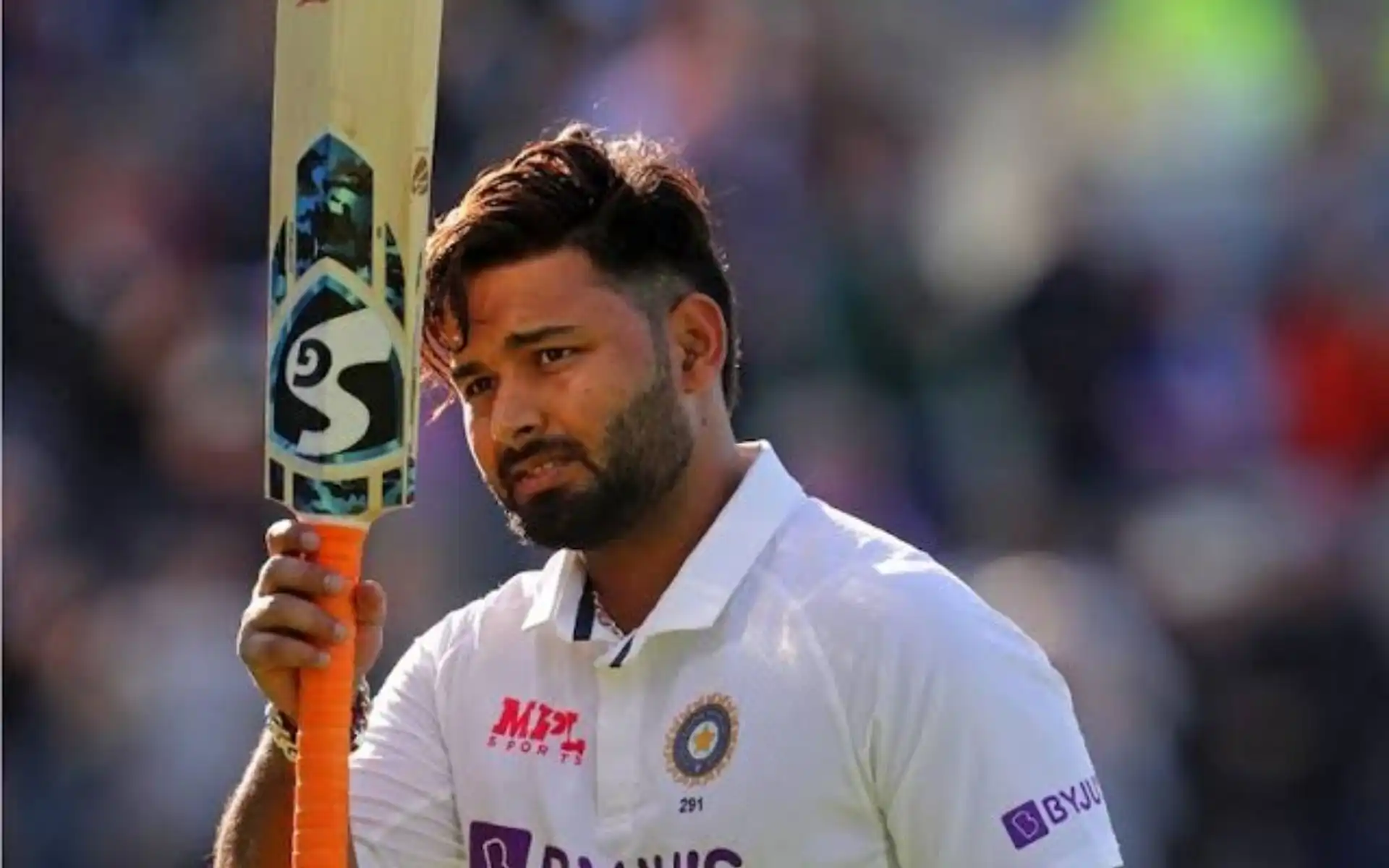.jpg?type=hq) Rishabh Pant is yet to replicate his Test success in white-ball cricket (ICC/BCCI)
Rishabh Pant is yet to replicate his Test success in white-ball cricket (ICC/BCCI)
When it comes to the ever-evolving world of cricket, some players shine across all formats, while others display their brilliance in select arenas. Rishabh Pant falls into a unique category—he has shown glimpses of his genius across formats, but his impact has been profoundly different in Tests compared to limited-overs cricket.
While his numbers in One-Day Internationals (ODIs) and Twenty20 Internationals (T20Is) are respectable, it's in the Tests where Rishabh Pant has cemented his status as a game-changer. His liking for producing match-defining performances in the whites of Test cricket makes him a modern-day master, while his limited-overs career, though promising, has had its fair share of ups and downs.
Let’s dig deep into the stark differences in Rishabh Pant’s impact in Test cricket vs white-ball formats
Pant - The Test Dynamo: Consistency with Flashes of Brilliance
In Test cricket, Pant has been nothing short of spectacular. His innovative shots, along with the ability to turn matches on their head, is a quality few modern wicketkeepers possess. The southpaw has made a habit of rising to the occasion in the red-ball format, where he has not only scored vital runs but has also done so in some of the most challenging conditions.
Test Career Overview
| Matches | Runs | Average | Strike-Rate | Highest Score | 50/100s |
|---|---|---|---|---|---|
| 34 | 2419 | 44.79 | 74.11 | 159* | 11/6 |
Pant’s average of 44.79 in Test cricket is proof of his ability to handle pressure. Not only has he accumulated over 2,400 runs, but he has also scored them at a healthy strike rate of 74.11—an indication of his aggressive intent, even in the longer format.
Pant’s Performance Against Top Teams
| Opponent | Matches | Runs | Average | Highest Score | 50/100s |
|---|---|---|---|---|---|
| Australia | 7 | 624 | 62.40 | 159* | 2/1 |
| England | 12 | 781 | 39.05 | 146 | 4/3 |
| South Africa | 3 | 186 | 37.20 | 100* | 0/1 |
Pant has performed exceptionally well in high-pressure situations, especially in Australia and England. His famous 159* in Sydney during the 2018-19 Border-Gavaskar series and his heroic 89* at the Gabba in 2021, which sealed India’s historic series win, are examples of how he has risen to the occasion when the chips were down.
The Limited-Overs Conundrum: Unfulfilled Potential?
While Pant's Test performances often leave the opposition in tatters, his limited-overs career has been more of a work in progress. In both ODIs and T20Is, Pant has shown flashes of brilliance, but inconsistency has plagued his performances.
ODI Career Overview
| Matches | Runs | Average | Strike-Rate | Highest Score | 50/100s |
|---|---|---|---|---|---|
| 31 | 871 | 33.50 | 106.21 | 125* | 5/1 |
Pant's ODI average of 33.50, though decent, falls short of his Test average by a considerable margin. His strike rate of 106.21 reflects his ability to accelerate, but the consistency hasn't quite been there.
T20I Career Overview
| Matches | Runs | Average | Strike-Rate | Highest Score | 50/100s |
|---|---|---|---|---|---|
| 76 | 1209 | 23.25 | 127.6 | 65* | 3/0 |
Pant's T20I career has been even more inconsistent. With an average of 23.25 and a strike rate of 127.26, he has struggled to stamp his authority in the shortest format. His inability to convert starts into significant scores has been a recurring issue.
Test vs Limited-Overs – The Difference in Impact
A Tale of Two Formats
| Format | Matches | Runs | Average | Strike Rate | 50/100s |
|---|---|---|---|---|---|
| Test | 34 | 2419 | 44.79 | 74.11 | 11/6 |
| ODI | 31 | 871 | 33.50 | 106.21 | 5/1 |
| T20I | 76 | 1209 | 23.25 | 127.26 | 3/0 |
The stark difference in Pant’s averages across formats tells the story. In Test cricket, his average of 44.79 suggests a level of maturity and consistency, something he hasn’t quite been able to replicate in limited-overs cricket. While his strike rates in ODIs and T20Is suggest his ability to play aggressively, the averages point to a lack of consistency.
The Reason for the Gap
So, why the difference in impact? One possible reason could be Pant’s game style. In Test cricket, he has more time to assess conditions and play according to the situation, which suits his aggressive-yet-calculated approach. In limited-overs cricket, however, the need for quick runs often forces him to take risks early, which may explain his lower averages.
In limited-overs, where patience takes a backseat, Pant's natural game hasn't clicked as often as expected. The match-winning performances have been sporadic, like his 125* against England in ODIs or his 65* against West Indies in T20Is, but such performances have not been frequent enough.
Conclusion
Rishabh Pant’s journey across formats tells the story of a cricketer who is still finding his feet in the limited-overs arena while establishing himself as a force in Test cricket.
His game-changing brilliance in Test cricket has already secured his place among modern greats, but there's untapped potential in his ODI and T20I career. If Pant can find that extra gear in limited-overs cricket, he has the ability to evolve into an all-format juggernaut.


.jpg?type=mq)
.jpg?type=mq)


